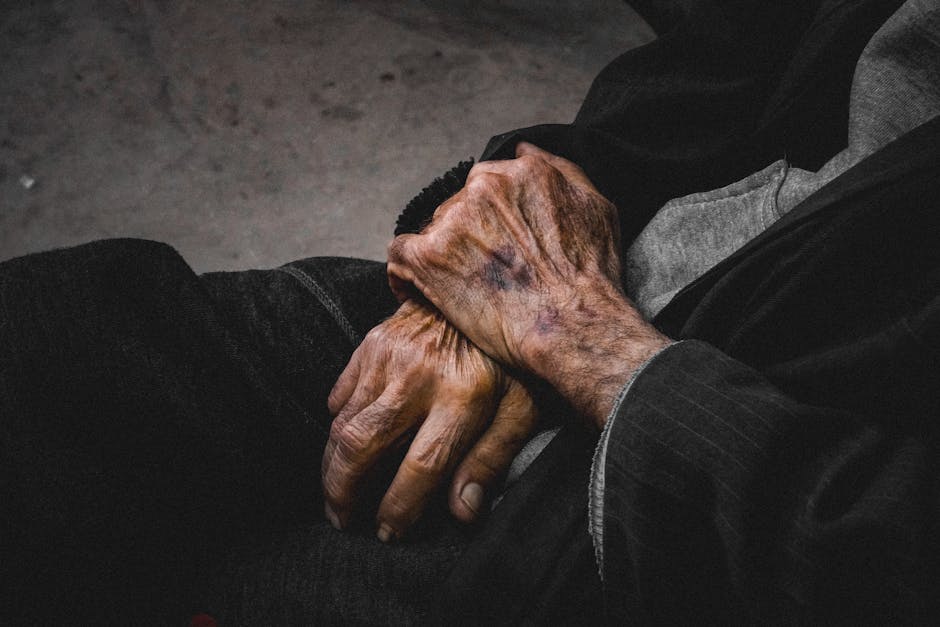Images of Atopic Dermatitis: Visual Guide to Eczema
Atopic dermatitis, often referred to as eczema, is more than just itchy skin, it’s a condition that can affect daily life in a multitude of ways. If you or someone close to you has experienced it, you know how frustrating and persistent it can be. But what does atopic dermatitis actually look like? This visual guide will help you understand the range of symptoms and appearances, giving you a clearer picture of what this condition entails.

What Does Atopic Dermatitis Look Like?
At its core, atopic dermatitis is characterized by red, inflamed patches of skin. These areas might appear dry, scaly, and thickened over time due to chronic scratching. But here's where it gets interesting: it doesn’t look the same for everyone. The condition can vary significantly depending on factors like age, severity, and even skin tone.
In lighter skin tones, affected areas often appear pink or red. On darker skin tones, the inflammation may look more purple or brownish. This difference in appearance sometimes leads to misdiagnosis or delays in treatment for individuals with darker skin, as the textbook redness isn’t always present.
Infants with atopic dermatitis often show symptoms on their cheeks and scalp. Imagine a baby with soft, chubby cheeks that are suddenly marred by rough, red patches, it’s heartbreaking for parents. As children grow older, the affected areas often shift to places like the creases of elbows and knees. For adults, it might pop up on the hands, neck, or even around the eyes. It’s a bit like playing hide-and-seek with your own skin.
Common Symptoms to Watch For
There’s a whole spectrum of symptoms associated with atopic dermatitis. Here are some telltale signs to keep an eye out for:
- Dryness: The skin might feel like sandpaper, rough and dehydrated.
- Itching: This is often intense and can worsen at night, leading to sleeplessness.
- Red or inflamed patches: These can be small or widespread depending on the severity.
- Cracking or oozing: In severe cases, the skin may crack open or ooze clear fluid.
- Lichenification: A fancy term for thickened skin that results from repeated scratching.
One thing many people don’t realize is that atopic dermatitis doesn’t just affect the physical body; it can also take a toll on mental health. Constant discomfort and visible symptoms can lead to self-consciousness and anxiety. It’s not just “a rash”, it’s a condition that ripples through many facets of life.
The Role of Triggers
If you’ve ever wondered why your eczema flares up randomly one week but not the next, triggers could be the culprit. Think of these as your skin’s personal enemies, things that irritate it or make existing symptoms worse.
Common triggers include:
- Irritants: Everyday products like soaps, detergents, or perfumes can set off a reaction.
- Allergens: Dust mites, pet dander, and pollen are frequent offenders.
- Weather changes: Cold air during winter or sweat during summer can exacerbate symptoms.
- Food allergies: For some individuals, specific foods like dairy or nuts might trigger flare-ups.
If you’re nodding along while reading this list because it sounds all too familiar, don’t worry, you’re not alone. Many people keep a journal to track patterns in their flare-ups and identify potential triggers over time. It’s a bit like detective work for your skin!
Treatment Options: Where to Start
Treating atopic dermatitis often requires a multi-faceted approach. There’s no one-size-fits-all solution because what works wonders for one person might do nothing for another. That being said, here are some common treatment strategies:
- Moisturizers: Keeping your skin hydrated is essential. Look for products labeled as fragrance-free and designed for sensitive skin types.
- Topical steroids: These are prescribed to reduce inflammation during flare-ups but should be used under medical supervision.
- Avoiding triggers: Once you’ve identified what sets off your symptoms, minimizing exposure can make a huge difference.
- Medications: In some cases, doctors might recommend antihistamines for itching or immunosuppressants for severe cases.
An emerging area of treatment includes biologic therapies like dupilumab (brand name Dupixent), which targets specific pathways in the immune system responsible for inflammation. Research published in The Journal of the American Academy of Dermatology, highlights how these newer options show promise for those with moderate-to-severe eczema who haven’t found relief through traditional methods.
The Bigger Picture: Living with Atopic Dermatitis
The reality is that atopic dermatitis doesn’t have a definitive cure yet. It’s something people learn to manage rather than eliminate completely. But there’s good news, awareness around this condition has grown significantly in recent years. Campaigns by organizations such as The National Eczema Association, have helped shed light on how diverse eczema presentations can be across different populations and ages.
If you’re living with this condition (or supporting someone who is) the most important takeaway is to stay patient with yourself (or them). Progress doesn’t always happen overnight; sometimes it comes in small victories like fewer sleepless nights or less reliance on medication. Think of managing eczema as building a toolkit: every piece adds up to improve quality of life over time.
Eczema may demand extra care and attention but understanding its visual cues and being proactive about treatment can make all the difference in keeping it under control. If there’s one thing that stands out above all else, it’s that knowledge is power, whether that means recognizing early signs on your child’s cheeks or knowing when to see a dermatologist about persistent symptoms.
